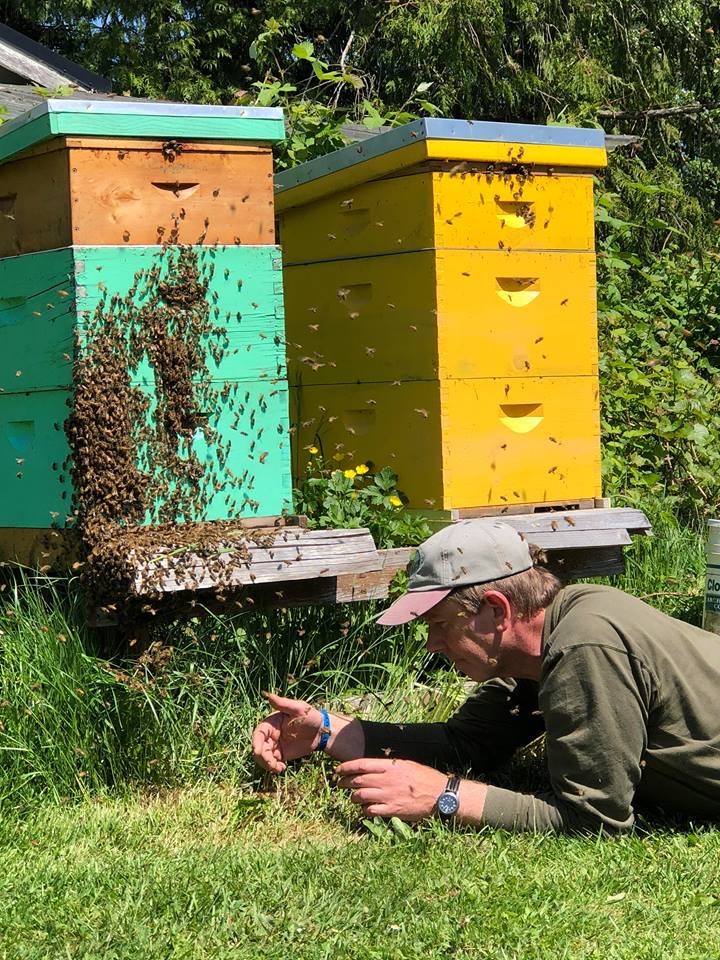
I’ve been preparing and giving presentations this week and enjoying walks in unseasonably warm weather that brings the bees out in full force to forage on ivy.
I’m carried away by Gordon’s beautifully illustrated and fascinating story written with such feeling and oneness with nature and his adopted country. All I can think about this morning is salmonberries and sections, and Canadian wild flower meadows.
I’m realising even more how closely interconnected our world is now; not only because of easy travel and the internet, but because beekeeping links so many people who would otherwise never have met up. Gordon’s been following the beelistener blogs for some time now, and we’ve shared information by email and discovered links such as the Scottish connection, and our friendships with Andrew Abrahams on Colonsay. Gordon kindly agreed to write this blog and I think that you’re going to enjoy this as much as I do.
Gordon introduces himself but I want to thank him very much now for agreeing to share his story and beekeeping experiences with us here. Oh, and we’re quits now on the section cases, Gordon.
A GLIMPSE OF VANCOUVER ISLAND BEEKEEPING
Early Days
It was during my time working at Barguillean Nurseries, a large wholesale nursery near the village of Taynuilt in Argyll on the west coast of Scotland, that I received a phone call one evening from a nurseryman in a place called Vancouver Island, Canada. He was keen to bring out a Scots gardener with experience. At that time, I had little knowledge of this place but it truly felt like I would deeply regret turning down the opportunity to travel and work there, and as the saying goes ‘the rest is history’.
Bees and Plants
“You must remember that you are a beginner for the first 20 years”, Eva Crane, Beekeeping Researcher & Author.
Being exposed to the world of bees at a young age I was thrilled to be able to take some courses during my time at Horticultural College in the early 1990’s and this quickly led to being able to look after a few colonies which as many beekeepers know; this leads to more!
I’ve been working with the bees on my current home apiary for almost 20 years so I concur with Eva Crane’s quote above. My bees are on the traditional territory of the Quw’utsun First Nation and learning about some of the traditional plant uses the First Nations had for the local plants has truly been an honour.
The bees usually start their brood rearing sometime during mid-January in these parts; if the weather cooperates, they can be seen pollen foraging on hazelnut, hellebores, willow, winter heather and snowdrops (amongst other plants) during January and February along with taking cleansing flights. If we encounter a wet spell and the bees are unable to work the plants then I often add a pollen patty. I tend to use wintering (or deep) inner covers which have raised rim sides and centre access holes. These save having to bother the bees much and retains that all important propolis seal under the rim of the inner cover that the bees have worked so hard at to get just right.
For colonies that are on the light side I add fondant; I’m always amazed at how fast the stronger colonies can burn through this. Starvation of colonies can happen in February/March if you turn your back too long and the weather picks up, especially with the stronger colonies. The first main flow for me is the dandelion and I always make sure to keep the lawn mower blade high in any areas that are lawn (maybe not the right term for my ‘grassy areas!) although I’m moving over to meadow plantings now with seed being sown out in April.

I eagerly await the bigleaf maple (Acer macrophyllum) to flower and fortunately we have an abundance in my area. It’s called the ‘paddle tree’ by many different First Nations and watching the traditional canoe races down the road in Cowichan Bay is a sight to behold. To my mind it’s hard to beat maple honey (with the exception of Scottish heather honey!) and a good year will provide a super or 2 per hive if the bees and the trees are feeling it. To prepare for the maple; as always, strong colonies are the order of the day, low mite counts, good hive morale and bees ready to go with the flow! Now if only the weather will cooperate! These tend to be colonies that overwintered successfully and new nucs/packages may not be strong enough to take advantage of this early flow; but there’s always exceptions.
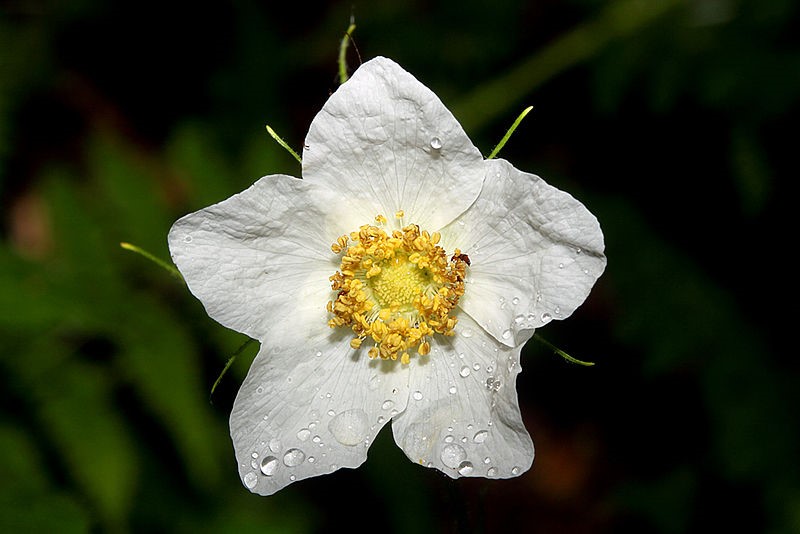
Our next main flow is blackberry (Rubus discolor); there are several members of this genus in my vicinity that the bees will work including thimbleberry (Rubus paviflorus) and salmonberry (Rubus spectabils). Throughout the Northwest Coast, the ripening of the salmonberries is associated with the song of the Swainsons Thrush called ‘salmonberry bird’ in many traditional languages.
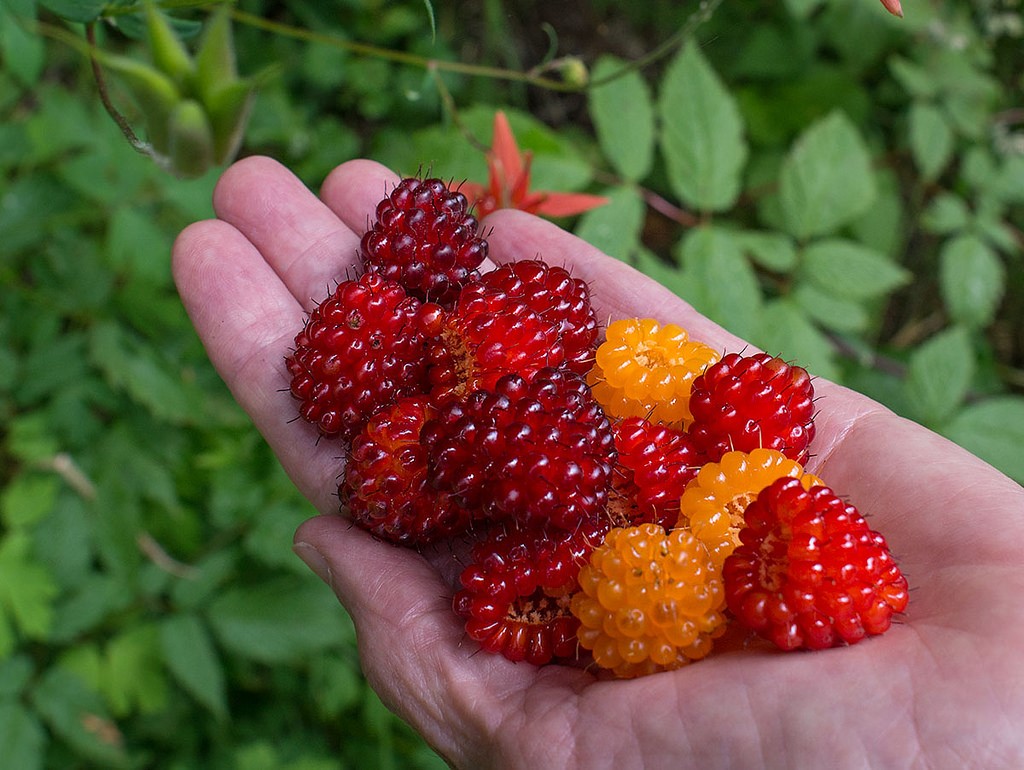
One of the main flows right after blackberry is fireweed (Epilobium angustifolium) and quite a few of the bee clubs over here have yards close to large meadows of this plant. Vancouver Island Fireweed honey is deservedly popular here and many of the old timers around my neck of the woods have a lot of experience working the bees to produce it.
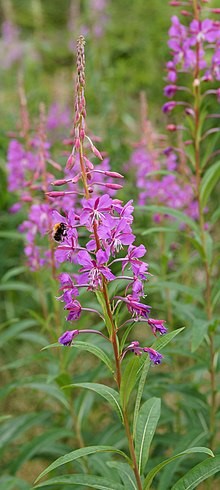
It’s renowned for its abundance as a plant that will colonise large areas of forest lands after clear cutting. There are some beekeepers that keep their bees in these mountain yards all year round, but the majority bring their colonies up to the fireweed right before the flow. Electric fencing around the hives is vital in the mountain yards to thwart black bears which can be very destructive to bee hives; Andrew Abrahams and I had a good chuckle as we compared this electric fence set up to his hive straps to protect his hives from the sheep on the island of Colonsay, Scotland, during one of my visits to take one of his amazing bee courses!
For a variety of reasons, I like to keep my bees close to home, so it’s a crop I don’t tend to go for but is certainly popular with commercial and hobbyists alike, and some beekeepers even have apiaries at different elevations; once the flowering period is coming to an end lower down, they can move their hives to higher elevations where the Fireweed is just coming into flower.
We often think of this plant as mostly growing at higher elevations but I’ve seen it close to sea level in my area, perhaps not so abundant as in the cleared forestry lands but still enough if a person has a few hives. As a student at Threave School of Gardening in southwest Scotland we were always a wee bit nervous of this plant due to its invasive tendencies in a cultivated public garden setting. We called it Rosebay Willowherb. The Saanich First Nation (a little to the south of me) used the fluffy seed mixed with duck feathers to stuff mattresses and the Haida and other Nations ate the central pith of fireweed stems in early spring.
A more recent name for this plant is Chamaenerion angustifolium.
2021

“Honey production was considerably up this year” was the comment I commonly encountered during 2021 and, after a couple of years of trying in vain, I finally managed to produce wooden section comb honey which was helped along by the ‘heat dome’ we had from June 25th until August 1st and perhaps the bees felt like rewarding my Scots stubbornness!
I’d originally tasted section comb (long before I had the opportunity to work with the bees) as a child, during one of my summer holidays to my aunt and uncle’s farm at Craik (not too far from Hawick) in the Scottish borders. One summer a local beekeeper brought some to the farmhouse and I was immediately smitten; not only the taste but the presentation. It was something I had never seen in stores in my hometown of Glasgow. Fortunately, my aunt was an incredible baker and there was no shortage of Craik Farm wheaten scones to go with the comb honey! There’s something undeniably unique about comb honey for me and every time I use it in the kitchen, I’m reminded of the work that the bees put into drawing out that foundation, collecting and filling with nectar, reducing the moisture content and probably other processes that we are not even aware of, and then carefully and meticulously capping the cells to complete the process. Not having to extract the honey is a definite plus for me. As I had ran out of section cases (the packaging used to go over the competed sections) Ann Chilcott was generous enough to send me some, which really helped me out as they aren’t easy to find.

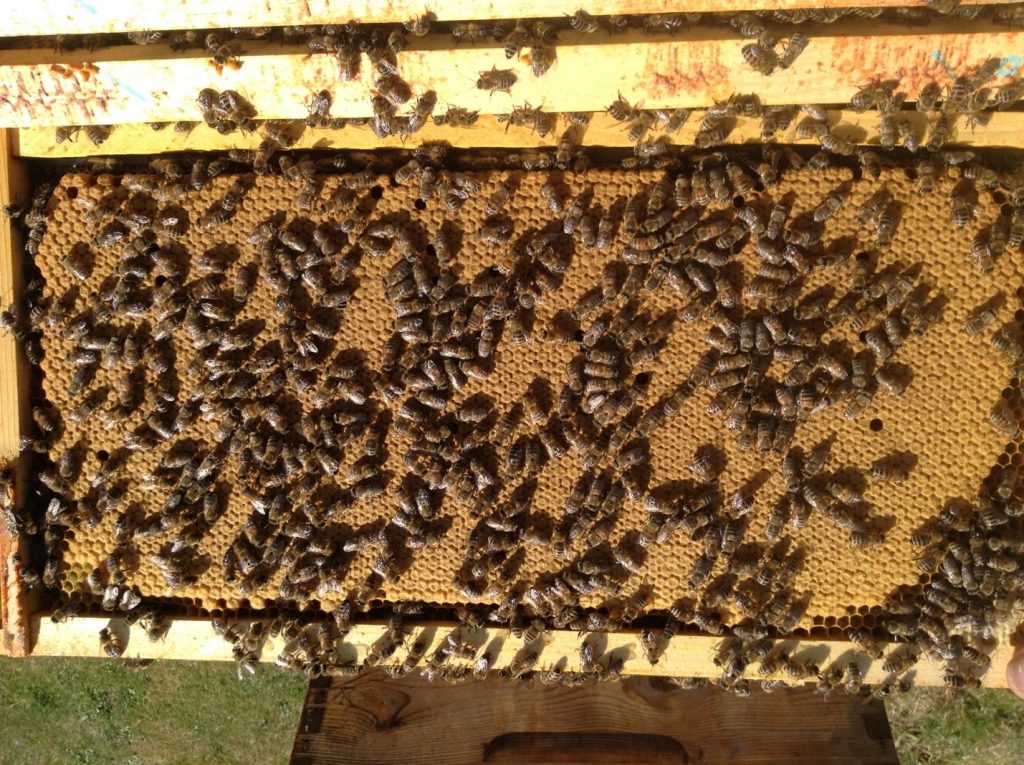
CLIMATE
Victoria (30 miles south) boasts an average of 2,193 hours of sunshine yearly, and an eight-month frost free season. Average annual rainfall is 58.3 cm (compared to my hometown of Glasgow at 112.43cm!) The average monthly rainfall in winter is 8.5 cm (3.35 inches) and in the summer averages 1.83 cm (0.72 inches)
We’re normally faced with a drought in the summer and soon after (or sometimes during) the blackberry flow this dry season begins, which often necessitates feeding syrup depending where the colonies are at. I’ve found that each year I work with the bees the less I’m feeding; I try to use instinct to determine how much to leave if I extract. Most beekeepers do their extraction sometime after the blackberry honey is capped. I tend to veer on the conservative side and leave a full medium super of capped honey for the bees as part of their winter stores. If more honey is extracted most beekeepers locally will feed up until sometime in early October depending on weather conditions and other factors. This allows the bees time to cap these stores before things cool down.
As yellow jacket robbing can be an issue in my local area, I experimented with fall feeding of fondant this year and was very impressed with how it worked out and will try that again next year. The bees seemed more than capable of defending this and I noticed considerably fewer yellow jackets or other honey bees robbing the hives.
We’re certainly not without Varroa here on Vancouver Island and monthly monitoring through the bee season is definitely something not to be shy of. Many beekeepers are using either oxalic acid (sublimation or dribble) or Formic acid to control Varroa along with other IPM methods e.g., brood breaks, breeding from the best stock etc. It’s a combination of control methods; there’s definitely no silver bullet when it comes to controlling mites. Winter application of oxalic sublimation is popular and rightly so as good efficacy can be achieved when no brood is present and many studies are still proving that the mites are not showing resistance to oxalic acid. Others are trying ‘Hopguard 2’ and ‘Apivar’ is still available but I’ve never used those 2.
Winterising
As this area is mild, I only insulate the lids (a sheet of Styrofoam) in late November and get good success providing adequate stores are left (one super of capped honey plus at least four frames of honey in the top deep along with at least 2-3 frames of pollen), mites are under control, the colony has a good- sized cluster and morale is decent. I usually remove the lid insulation around the second or third week of March depending on prevailing weather conditions. After several discussions with a number of local beekeepers (who’ve been working with bees a lot longer than me) they informed me that insulating the sides of the hive bodies isn’t necessary in our mild Mediterranean style climate.
Colonsay visitor
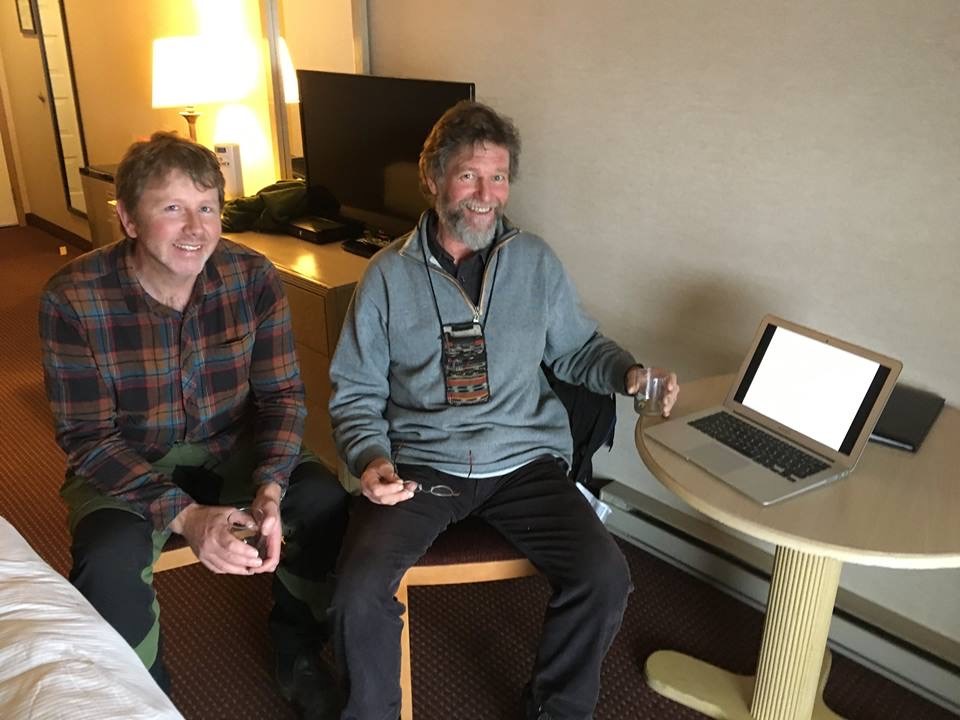
During one of my visits to the Hebridean Island of Colonsay (Ann did a brilliant online presentation on Colonsay in November 2021), I invited Andrew Abrahams to come to Vancouver Island to do a presentation ‘sometime in the future’ whilst we were talking bees over a pint at the bar in the Colonsay Hotel.
In December 2017 this happened with the kind help and support of my good friend Don Fowler, President of a bee club called Oceanside Hive: A Beekeepers Collective; this was the club that Andrew presented to. It was a great honour and priviledge to have Andrew come over to speak and this was also greatly appreciated by the large audience who turned out to hear him. Having someone of his caliber and experience was a truly special experience for us.
Club Initiatives
Don and his executive and members have been a strong force in beekeeping in the Oceanside area and this has led to many initiatives like meadow plantings etc. These collaborations continue to be of paramount importance in the beekeeping world.
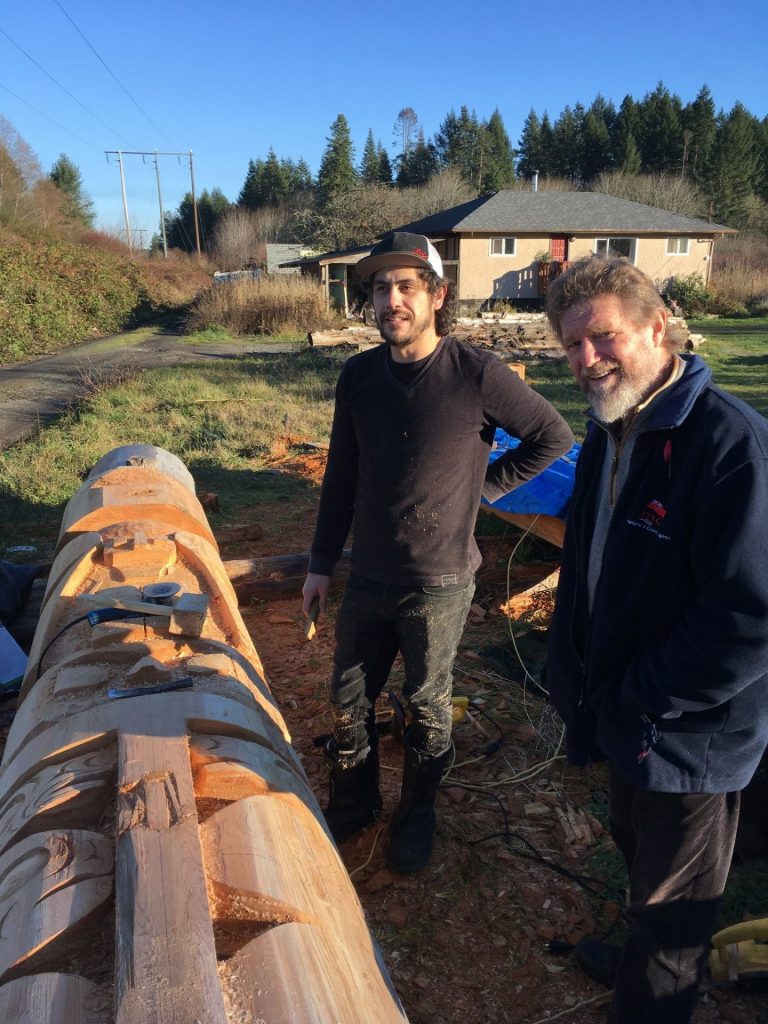
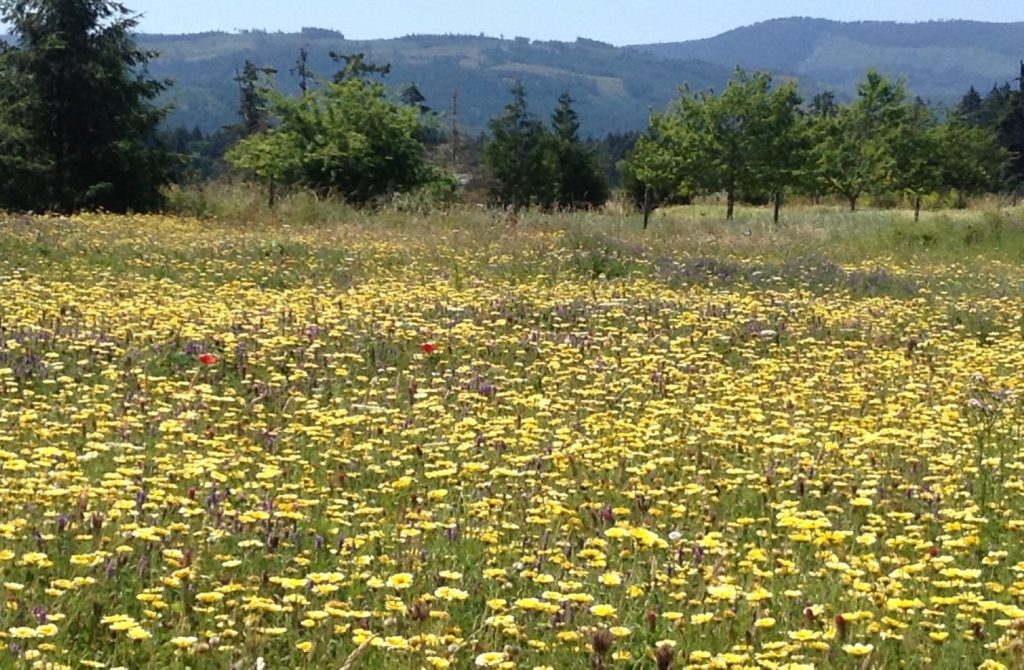
“Bee blend’ seeds:
| Chinese Forget-Me-Not | Cynoglossum amabile |
| Siberian Wallflower | Cheiranthus allionii |
| California Poppy | Eschscholzia californica |
| Purple Coneflower | Echinacea purpurea |
| China Aster | Callistephus chinensis |
| Corn Poppy | Papaver rhoeas |
| Lance-Leaf Coreopsis | Coreopsis lanceolata |
| Blue Flax | Linum perenne |
| Baby Blue-Eyes | Nemophila menziesii |
| Globe Gilia | Gilia capitata |
| Indian Blanket | Gaillardia pulchella |
| Tidy Tips | Layia platyglossa |
| Plains Coreopsis | Coreopsis tinctoria |
| Sweet Alyssum | Lobularia maritima |
| Lavender Hyssop | Agastache foeniculum |
| Fleabane Daisy | Erigeron speciosus |
| New England Aster | Symphyotrichum novae-angleae |
| Bergamot | Monarda fistulosa |
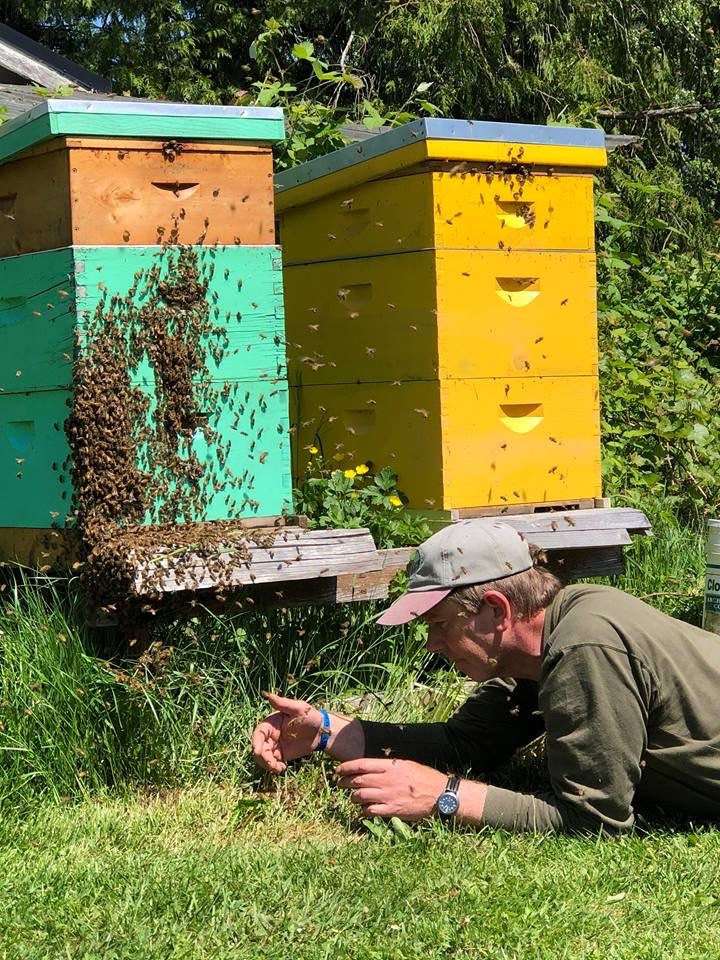
References:
Pojar J., Mackinnon A. (1994). Plants of Coastal British Columbia. Vancouver: Lone Pine Publishing.
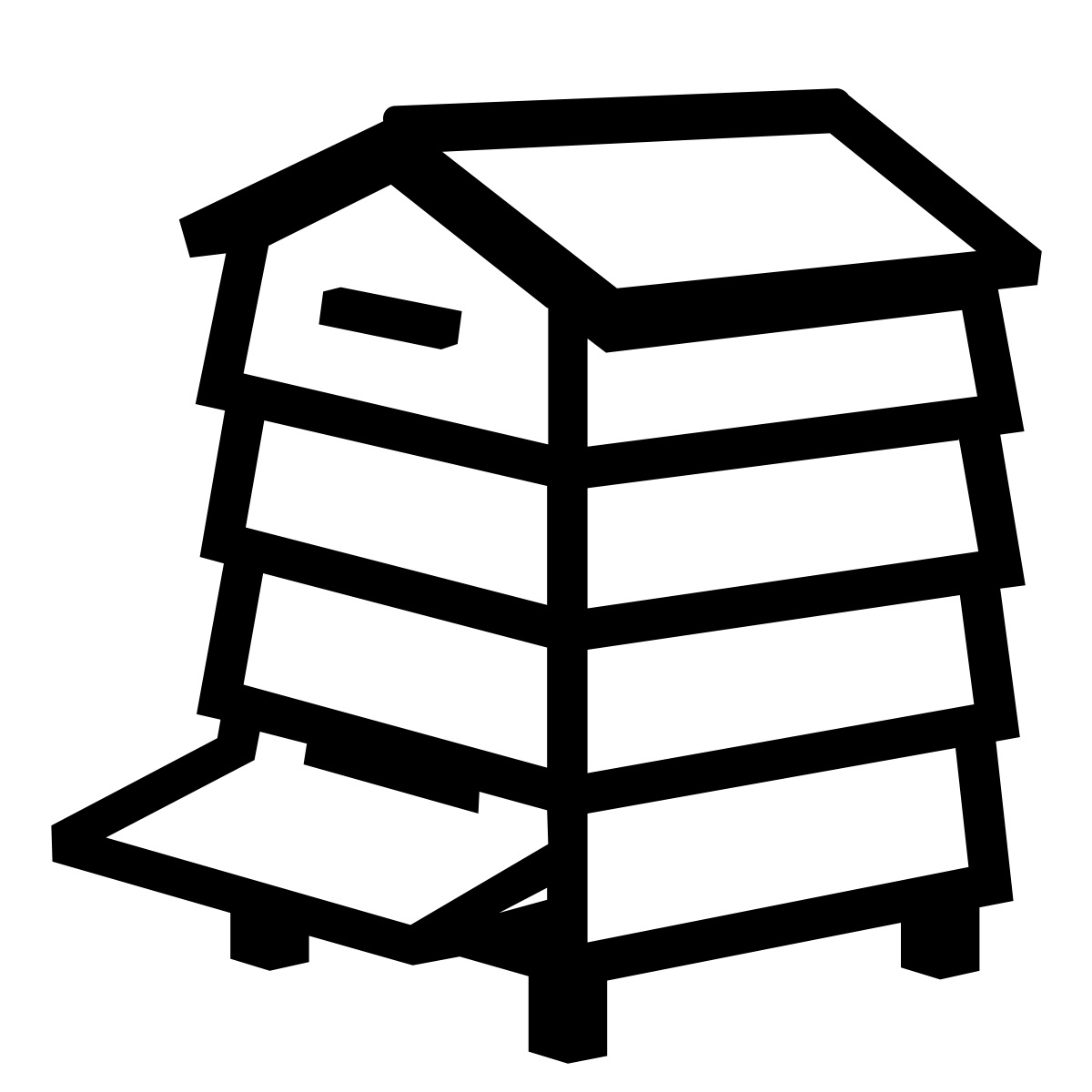
There’s something really nice about the gentle pace of this writing. Leaves me feeling warm.
Interesting to see how many plants are common to Britain and Vancouver, I assume they were brought over from Europe to Canada…
I always do a double take when people talk of feeding gallons of syrup, rather than the odd emergency pint! Though my honey harvest is rubbish 8)
Thanks for your kind words Paul. Our harvests can be very variable also, mostly due to not getting just the right weather at the right time, coupled with a lack of forage (nectar and pollen, although from my observations of my area it’s more a nectar dearth than pollen). Late June to late August can be a bit of a nightmare as a lot of the forage dries up due to the heat and no rain of consequence but the wildflower meadows that I sow out in April seem to hold their own which I’m truly thankful for. I also notice quite a few native pollinators in the meadow, in fact some days there were more natives than honey bees! I appreciate this as I know the honey bees are content to venture a little further away to forage, I kinda wish I knew where though!
As far as feeding I think it’s for sure something to keep on top of if working with brand new packages and nucleus colonies in the spring and if using brand new foundation which is obviously undrawn. I don’t have the full confidence that my area has good enough forage to keep the the moral up in the colony for them to draw out new foundation so in that case I do feed.
Thank you, Gordon, for providing this beautifully written and illustrated account of your life and beekeeping in British Columbia.
It is all fascinating, especially (for me) to read that you get a honey crop from bigleaf maple trees. We get syrup crops from our sugar maples here in New York, but I’ve never heard of honey crops from them. Maybe because our maples burst into bloom when days are still rather cool.
Lovely, too, to see the classic wooden (basswood) section boxes for comb honey. I’ve not done this for years, but you’ve inspired me to give it a go again this summer.
Thanks again. –Tom Seeley
Thank you Tom for commenting. Yes, the section combs were a lot of fun and I definitely give all the credit to the bees! I was pleasantly surprised, to say the least, when I took a peek at the section rack super and noticed that the bees were showing interest in drawing out the foundation and starting the process of putting nectar in the cells! This was not the case the previous 2 years (they pretty much ‘turned their noses’ up at the sections and hardly touched them!) but I had been ‘warned’ by others (and by quite a few books) that section comb production can be challenging to produce. I’m so glad that you’re inspired to give it a try and look forward to hearing about your experiences. Thanks again.
This was a pleasant read! We also have a good supply of big leaf maples.We were surprised how much honey the bees produce here in Hilliers (West of Qualicum Beach). This hot dry year the bees kept on bringing in nectar into August. In the summer they ignore our bee friendly yard (but the natives still enjoy that) and fly over our house to the mountains. Very few Himalayan I blackberries around, lots of salmon and thimble berry and native blackberries. We had a lot less yellow jackets this year as well, even though we fed syrup after taking the honey off.
Hello Maria, thank you for responding to Gordon’s guest blog and account of his beekeeping in BC. It was interesting to hear about your season. Best wishes, Ann.